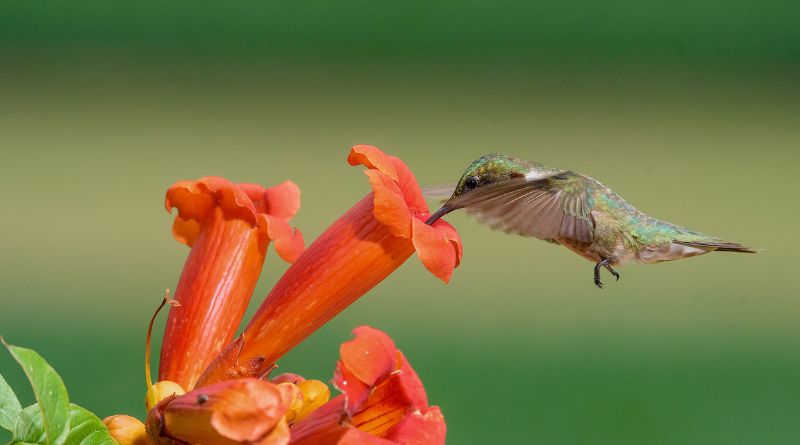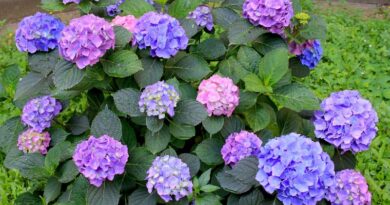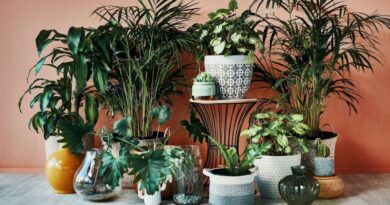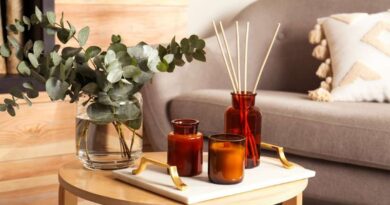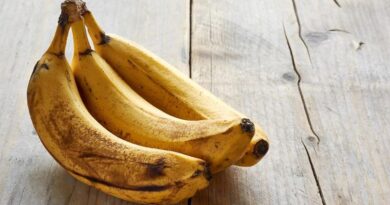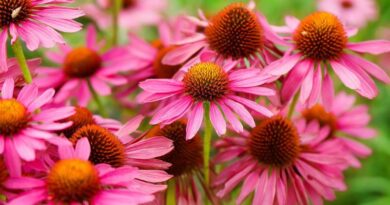Hummingbirds are fascinating creatures that add vibrancy and beauty to any garden landscape. To attract these delightful birds to your outdoor space, consider planting a variety of flowers specifically known for their appeal to hummingbirds. Here are eight of the best plants for attracting these tiny wonders to your garden.
1. Bee Balm (Monarda didyma)
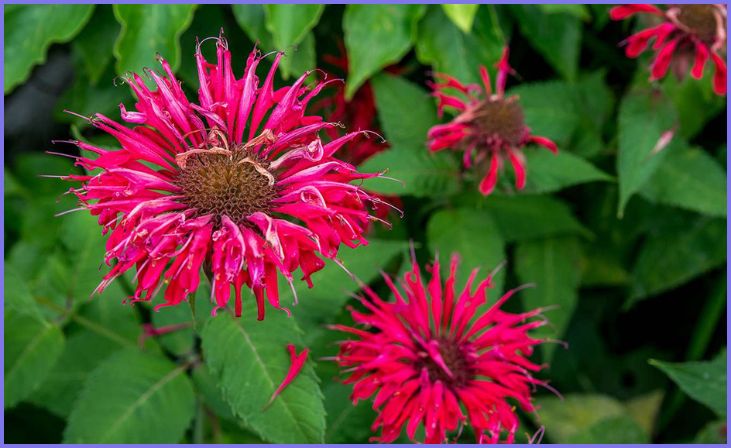
Bee balm, scientifically known as Monarda didyma, is a perennial plant cherished for its vibrant blooms and aromatic foliage. Thriving in USDA hardiness zones 3 through 9, bee balm is an excellent choice for attracting hummingbirds to your garden. The long-lasting flowers, available in shades of red, pink, and purple, are irresistible to hummingbirds, who are drawn to their nectar-rich blossoms. To cultivate bee balm successfully, ensure it receives full sun to partial shade and well-draining soil.
2. Phlox (Phlox paniculata)
Garden phlox, or Phlox paniculata, is another favorite among gardeners seeking to entice hummingbirds. This perennial plant, suited for zones 4 to 8, boasts clusters of fragrant flowers in various hues, including white, pink, lavender, and magenta. Hummingbirds are naturally attracted to the sweet scent and vibrant colors of phlox blooms. To cultivate phlox successfully, provide it with ample sunlight and moist, well-drained soil. Regular deadheading can prolong the blooming period and keep the plant looking tidy.
3. Red Columbine (Aquilegia canadense)
Red columbine, scientifically referred to as Aquilegia canadense, is a charming perennial plant prized for its unique, spurred flowers and delicate foliage. Thriving in zones 3 to 8, red columbine is an excellent addition to any hummingbird garden. The nodding, red and yellow blooms of this plant serve as a valuable food source for hummingbirds, who eagerly sip nectar from its intricate flowers. To cultivate red columbine, provide it with partial shade to full sun and well-draining soil with moderate moisture levels.
4. Blue Lupine (Lupinus perennis)
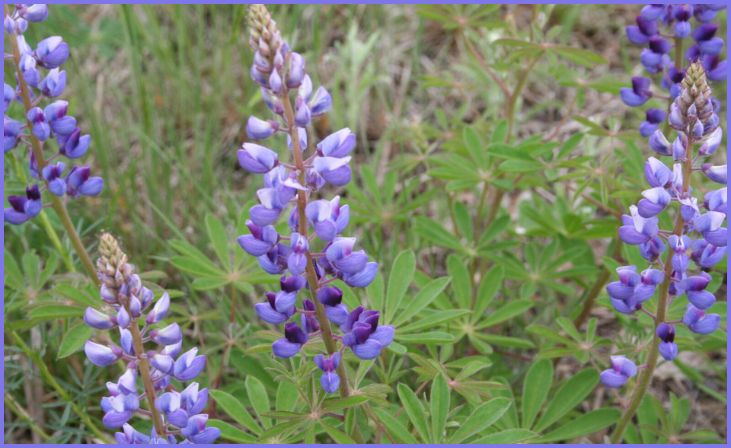
Blue lupine, or Lupinus perennis, is a native North American plant celebrated for its striking blue flower spikes and impressive resilience. Flourishing in zones 3 through 8, blue lupine is well-suited for gardens seeking to attract hummingbirds. While lupines are primarily known for their appeal to bees and butterflies, hummingbirds also find their nectar-filled blooms irresistible. To grow blue lupine successfully, ensure it receives full sun and well-draining soil with moderate moisture levels.
5. Delphinium
Delphiniums are classic garden favorites cherished for their towering flower spikes and stunning colors. These perennial plants not only add vertical interest to the garden but also serve as a valuable food source for hummingbirds. Delphiniums thrive in various zones, depending on the species and cultivar, with some hardy to zone 3. To cultivate delphiniums successfully, provide them with full sun to partial shade and fertile, well-draining soil. Regular deadheading can encourage continuous blooming throughout the growing season.
6. Hollyhocks (Alcea)
Hollyhocks, belonging to the genus Alcea, are sun-loving perennials prized for their towering flower stalks and vibrant blossoms. Hardy to zone 3, hollyhocks are an excellent choice for gardens seeking to attract hummingbirds. These majestic plants not only provide visual appeal but also offer a generous supply of nectar-rich flowers that hummingbirds adore. To cultivate hollyhocks successfully, provide them with full sun and well-draining soil. Staking may be necessary to support the tall flower stalks in windy conditions.
7. Crocosmia ‘Lucifer’
For gardens desiring vibrant orange-to-red blooms that captivate hummingbirds, Crocosmia ‘Lucifer’ is an exceptional choice. This cultivar of Crocosmia features arching stems adorned with tubular flowers, making it a favorite among both gardeners and hummingbirds alike. Growing to a height of 30 to 36 inches and spreading nearly half as wide, Crocosmia ‘Lucifer’ adds a bold splash of color to any garden landscape. To cultivate this striking plant successfully, provide it with full sun to partial shade and well-draining soil.
8. Salvia (Salvia nemorosa)
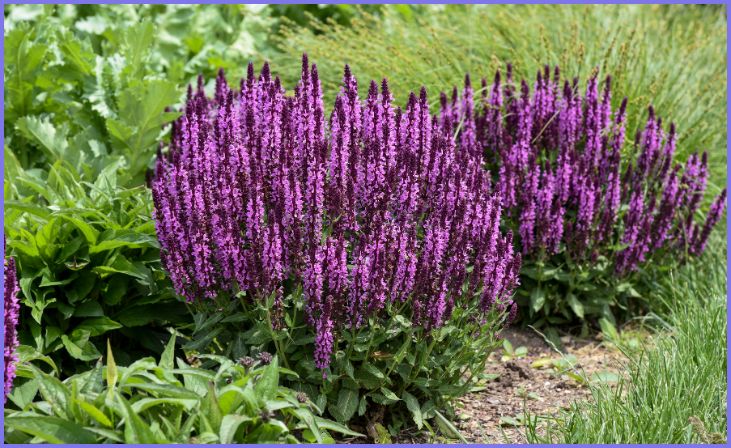
Salvia nemorosa, commonly known as woodland sage, is a cold-hardy perennial renowned for its spikes of bluish or violet blooms. Thriving in zone 4 and above, Salvia nemorosa is a valuable addition to hummingbird gardens. The nectar-rich flowers of this plant attract hummingbirds seeking a nutritious meal. To cultivate Salvia nemorosa successfully, provide it with full sun and well-draining soil. Pruning after flowering can help maintain the plant’s compact shape and encourage repeat blooming.

